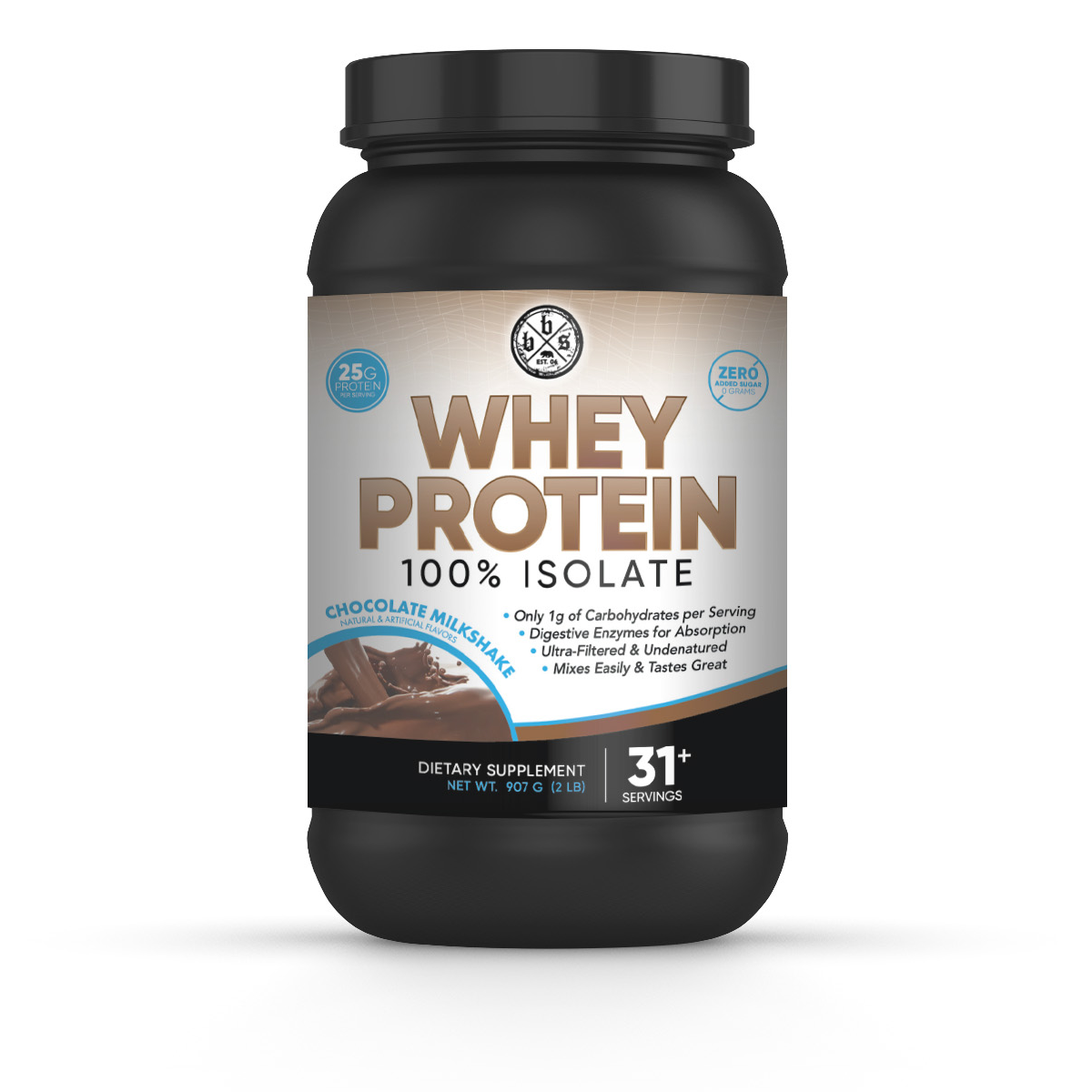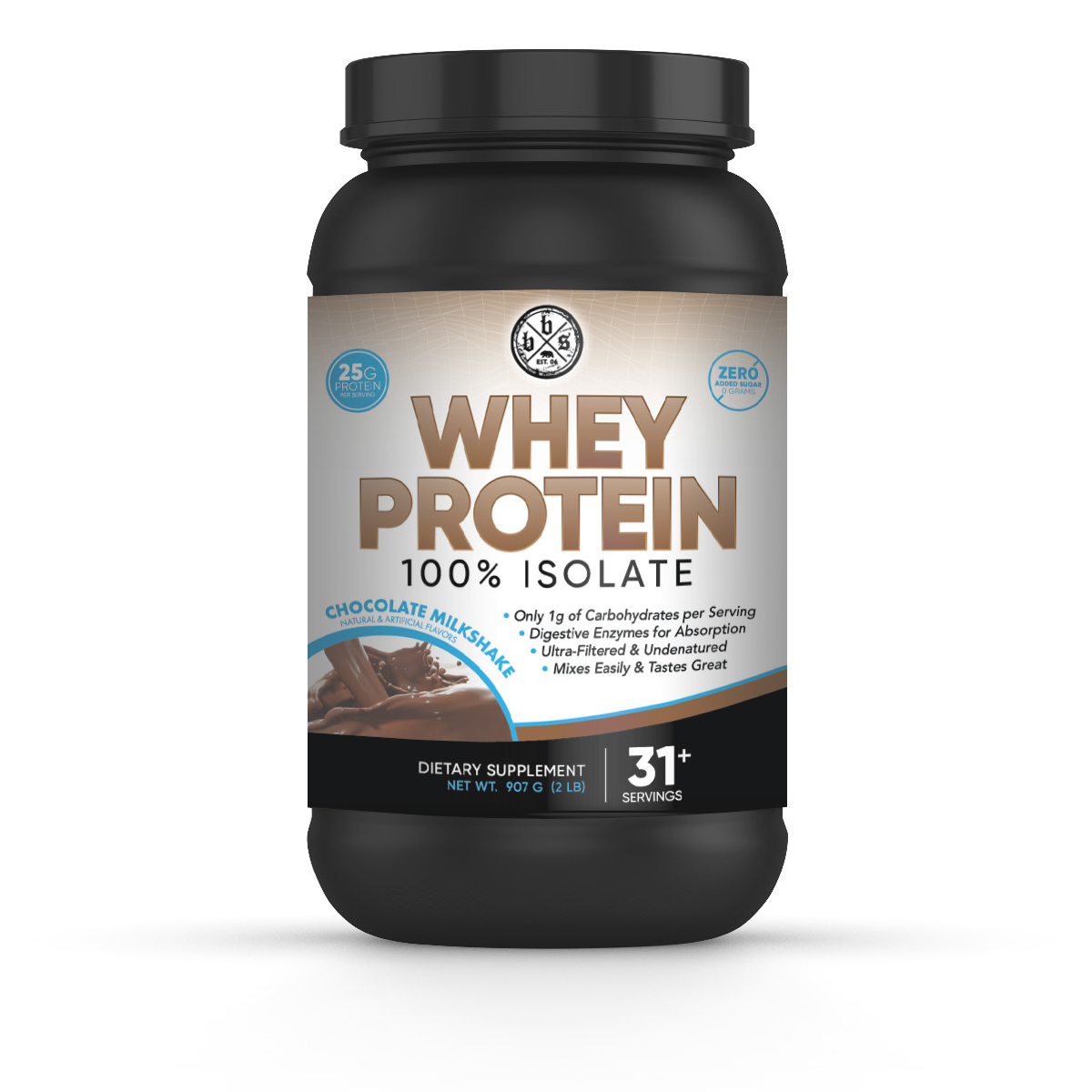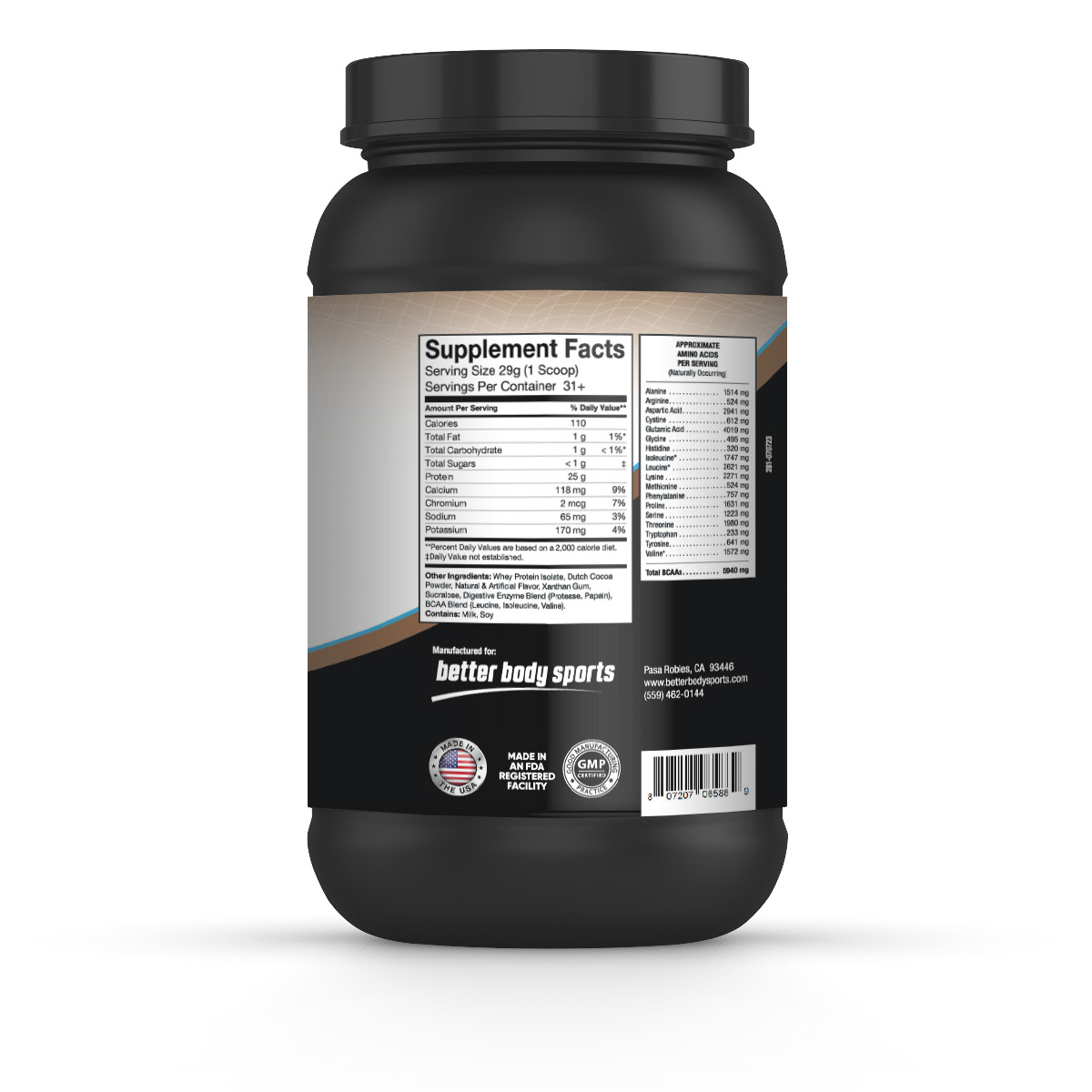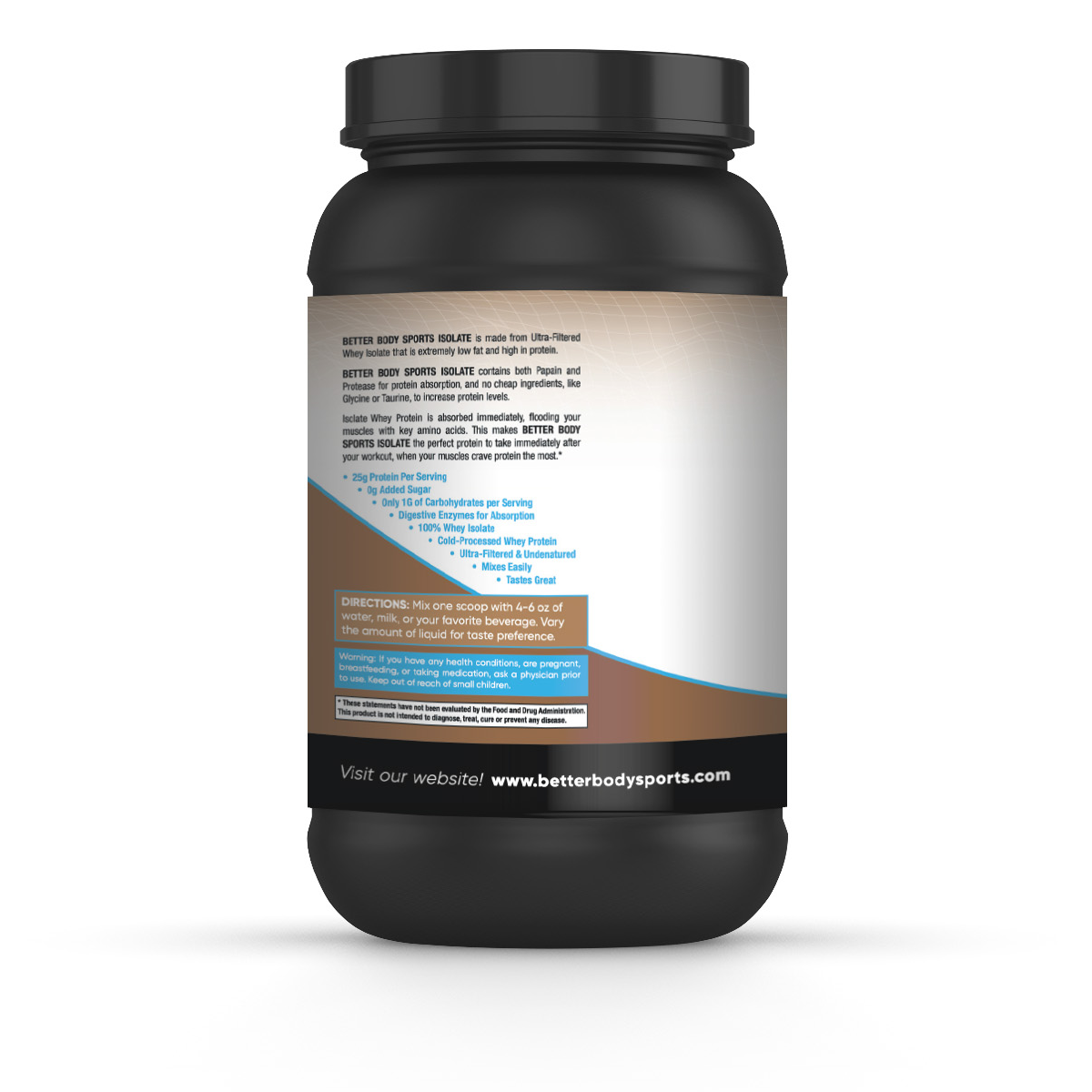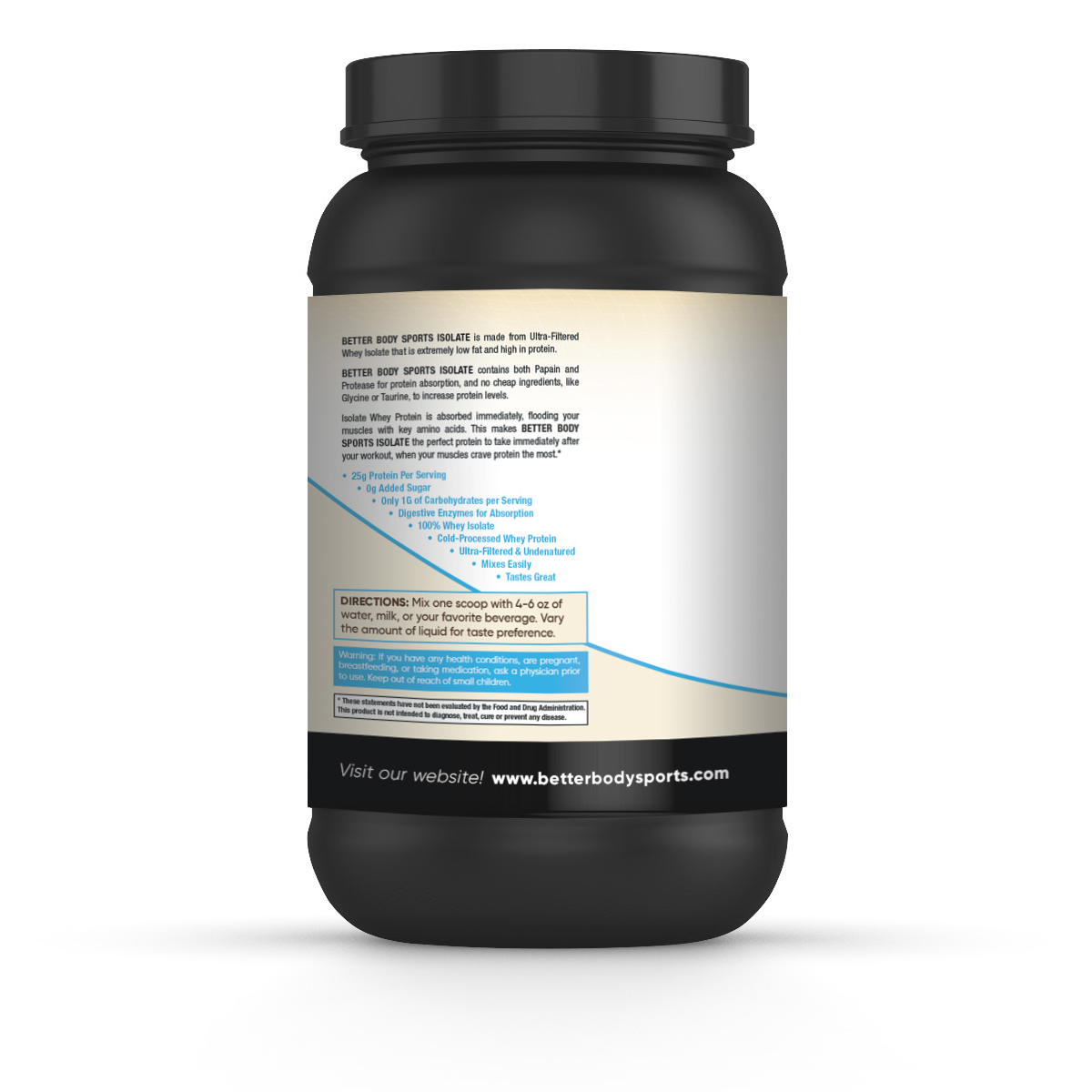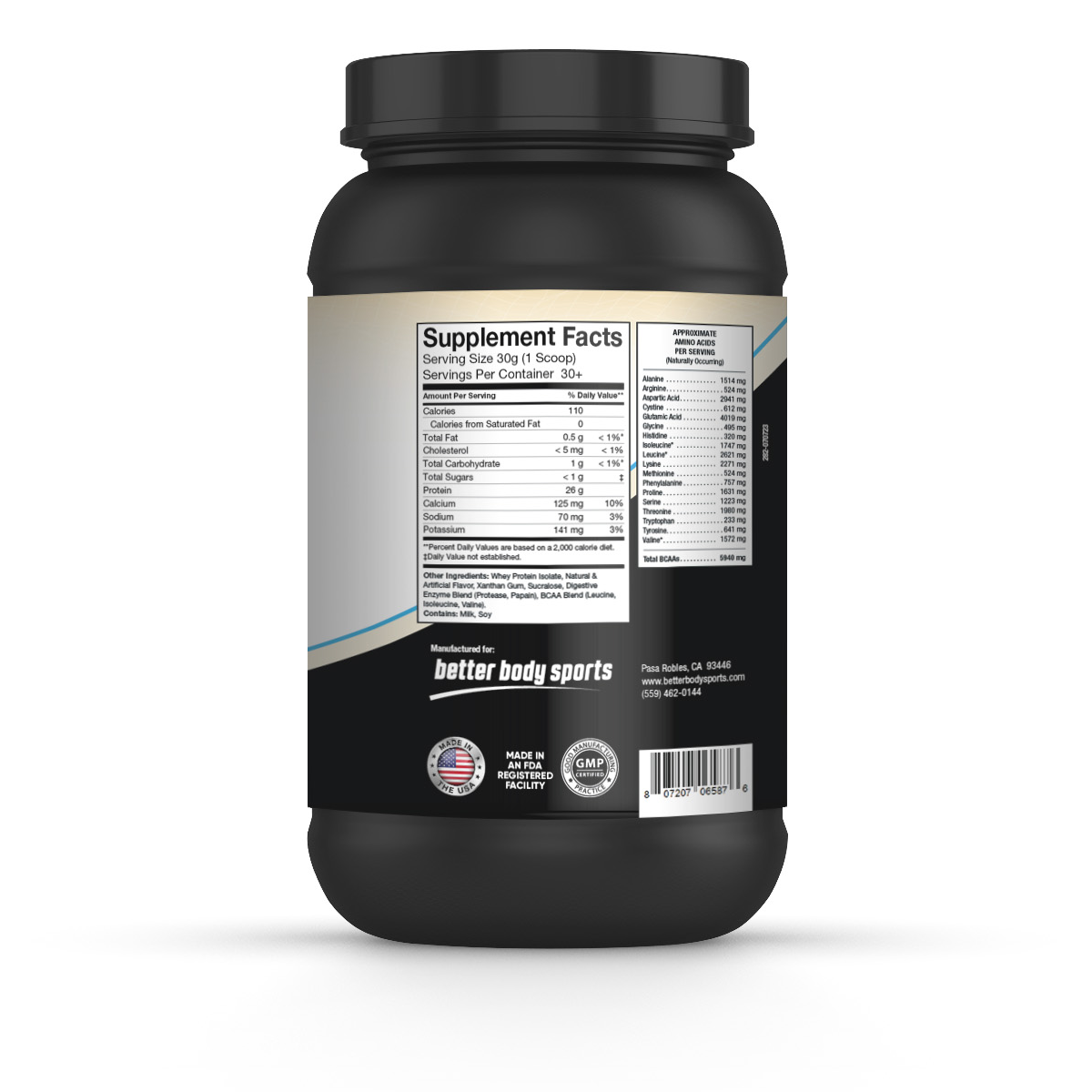
How to Use a Smith Machine For Squats
Share
If you want big-powerful legs then you need to make squatting a regular part of your workout routine. We know the barbell squat is a compound exercise that works the entire lower body and isometrically contracts the abdominals, lower back, lats, traps, and more. It is one of the most anabolic exercises you can perform for building muscle. But what about using a smith machine for squats, is it just as good?
Many argue that the smith machine squat is an unnecessary exercise that should never replace the traditional free weight barbell squat. However, in the words of the late John Meadows, every exercise can serve a purpose if used for the right reason. The fact is, a free squat and smith squat are two different squat exercises that can be helpful in their own unique ways.
Why Use a Smith Machine For Squats?
You are not a weakling because you have used a smith machine to perform a squat. There are many reasons one might choose to incorporate the smith machine squat into a workout. It may be the only squat you have access to in your home gym, apartment, gym, or maybe even the purple themed health club?
Whatever your reason for using a smith machine, you can still put quality lean muscle with or without the free weight version. With that said, it is important that you know the difference between these two exercises and how to get the most out of the movement.
The Difference Between a Barbell and Smith Machine Squat
We traditionally perform a barbell squat in either a squat rack or power rack. This exercise requires the stabilizer muscles to help balance the weight from side to side and front to back. In a smith machine, the poles keep the weight in place, making it more of a muscle isolation exercise because we require less of the stabilizing muscles for the lift.
During a traditional barbell squat, the back must stay at the same tilted angle ensuring that the bar moves in a near straight line. Some choose more of a tilt called the low squat where they create a vertical bar path. Others choose the high bar squat where they keep the bar high on their back and let the bar shift forward as they lower.
Some smith machines have a vertical bar path which is like the low bar squat, whereas others will try to mimic the high bar squat by creating a slight 7 degree angle for the poles. No matter which they choose, it does not help us use the smith machine squat in the same way we use a barbell squat. It is important that you understand we use different exercises for different reasons and the smith machine squat should be used in its own unique way.
Advantages of a Smith Machine Squat
The primary benefit of the smith machine squat is having a forward foot position. You can adjust your foot further forward than you can with the free weight version. Place your feet forward on for a free barbell squat and watch the weight plummet down behind you. Using a smith machine only requires slight pressure to keep the bar held into position.
Rep for rep the Smith Machine will not yield as much muscle activity than the free weight squat, but it may create a stronger mind muscle connection. With this mind muscle connection, you can stay in tune with the muscle contraction, create more muscle activation, and potentially recruit more fibers.
This is a great exercise if you are looking for that lower quad sweep and teardrop look. The smith machine version of this exercise, where the feet are forward, places more emphasis on all the quadriceps but specifically the vastus medialis and vastus lateralis muscle groups.
Disadvantages of a Smith Machine Squat
We assume the smith machine squat to be a safer lift compared to the free squat, but this isn’t true. A smith machine squat can be equally, if not more, dangerous when we fail a lift. Where it is definitely more dangerous is that no matter how you try to find the perfect position, the bar path is not a natural movement pattern.
We place more stress on the back with the smith squat, which compromises the structural integrity of the spine. Therefore, many people unintentionally shove their feet out in front, taking pressure off the back. This is a good idea, but when it is done intentionally.
When the feet are further out front, the smith machine version of the squat places less emphasis on the hamstrings and glute muscles. Since weak hamstrings and glutes are a problem in today’s society, we can further the problem by not considering proper workout programming and furthering a muscular imbalance.
Using the Smith Machine Squat in Your Workout Program
Since the smith machine is not a great exercise for building power and strength, we should place it in the muscle hypertrophy or assistance exercise category. Since it places more stress on the spine, limit the weight you lift by keeping the feet out in front of you. This way, it resembles more of a hack squat than a traditional free weight squat.
If you have access to heavy free weight equipment but still want to incorporate the smith squat, add this exercise after a power movement. Or you can use it on a day where you are focused on getting higher volume with lighter weight.
If the smith squat is the closest option to a compound lift in your home gym then think about what you can use to pre fatigue the muscle. Use various planes of motion to recruit and fatigue the stabilizer muscles and so that you can use less weight for the smith squat.
How To Perform a Smith Machine Squat
Just as you should before any strength training exercise, learn to perform the movement before you add heavy weight to the bar. This is a potentially dangerous smith machine exercise, so you should learn the movement before building the muscle.
- Set the smith machine bar so that it is comfortable for you when placing it on your traps, and lifting it off the hook. You should test this by unracking and racking the bar a few times.
- Once you are comfortable with the first step, add a lightweight to the bar, giving it enough weight to descend downward at a fast enough pace.
- Get back into position like the first step and place your arms wide enough where they do not cause shoulder discomfort. With an overhand grip with your thumb around the smith machine bar.
- Keeping your core and back tight the whole time, lift the weight and shift your feet to the ideal width and move slightly forward in front of the bar.
- Slowly lower the bar, keeping pressure towards the back of your feet as you descend.
- Make sure your back is not rounding and that you are maintaining the abdominal and back contraction that you had when you started.
- Once you reach near 90 degrees, push hard into the ground and lift the legs back up.
- Make sure that your knees do not compromise and collapse closer to each other as you try to lift the weight. This is both unsafe and takes pressure off the muscles being worked.
- Stop just before your knees lock out, ensuring that you maintain muscle tension on the leg muscles.
- Repeat and stop at or near muscular failure
You can add heavier weight once you have mastered these steps.

